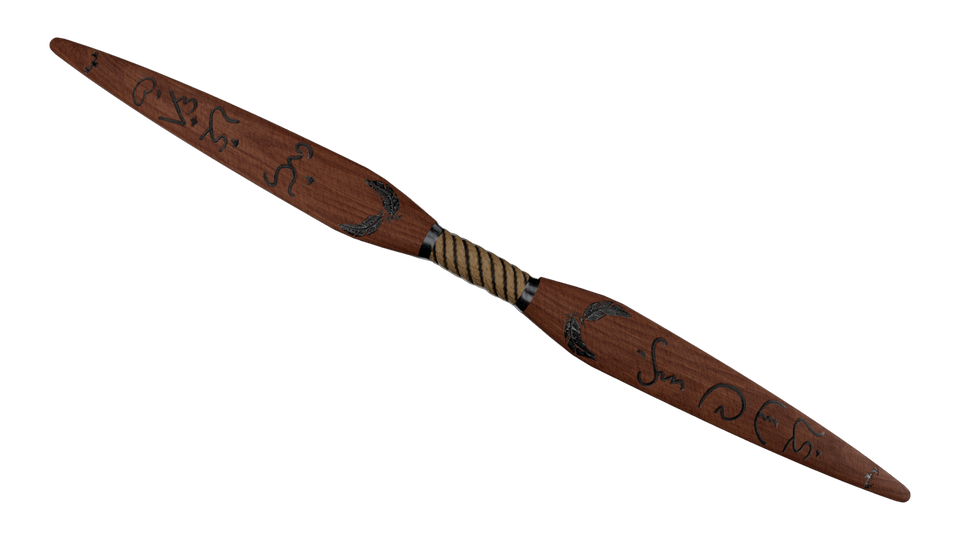
About
me
My name is Rodelio Hizo, I am recent graduate of Visual College of ART and Design. I am currently living at Winnipeg Manitoba. I took Game Development because I am passionate about creativity, technology and making ideas come to life. Below are some of the school projects that I have made. I am looking forward working with you.
Previous
work
KAMPILAN
Kampilan are mentioned in ancient Filipino epics, including the Hiligaynon Hinilawod from the Visayas; the Ilocano Biag ni Lam-Ang from Luzon; and the Maranao Darangen of Mindanao. The kampilan also plays a central part in the Maranao and Maguindanao traditional war dance of Sagayan, which depicts a scene from the Darangen.
-WIKIPEDIA


SIBAT
Sibat are typically made with rattan, bamboo, bahi or other hardwood, either with a sharpened tip or a head made from metal. These heads may either be single-edged, double-edged or barbed. Styles vary according to function and origin. For example, a sibat designed for fishing may not be the same as those used for hunting wild game such as boar.
-WIKIPEDIA

Pana
Commonly used by the Aeta’s for hunting.
Relatively short bows usually used for hunting or fishing. Their tips were made of iron, palm wood or bamboo.War bows were usually longer than the hunting bows. Often they towered over the shooter. They were held vertically and placed on the floor with the lower end. The shooter pulled the string with his fingers and was thus able to achieve a high level of accuracy.
- Alden March: The History and Conquest of the Philippines and Our Other Island Possessions, Philadelphia 1899

KALASAG
The kalaság is a large rectangular wooden shield used by precolonial Filipinos. The shield is made of hardwood and is decorated with intricate carvings and an elaborate rattan binding on the front. The wood comes from native trees such as the dapdap, polay and sablang. The shield usually measured about 1.5 m (4.9 ft) in length and 0.5 m (1.6 ft) in width. Its base is composed of rattan wood which is strengthened by the application of resin coating that turned rock-hard upon drying.
-WIKIPEDIA
Baybayin (Tagalog pronunciation: [baɪˈbajɪn]; also formerly known as alibata) is a Philippine script. The script is an abugida belonging to the family of the Brahmic scripts. Geographically, it was widely used in Luzon and other parts of the Philippines prior to and during the 16th and 17th centuries before being replaced by the Latin alphabet during the period of Spanish colonization. It was used in the Tagalog language and, to a lesser extent, Kapampangan-speaking areas; its use spread to the Ilocanos in the early 17th century. In the 19th and 20th centuries, baybayin survived and evolved into multiple forms—the Tagbanwa script of Palawan, and the Hanuno'o and Buhid scripts of Mindoro—and was used to create the constructed modern Kulitan script of the Kapampangan and the Ibalnan script of the Palawan people. Under the Unicode Standard and ISO 15924, the script is encoded as the Tagalog block.
-WIKIPEDIA


A quick peek of the weapons from the storyboard of Legend of Wonix. The models are inspired by a number of indigenous tribe from the Philippines.

Experience
Intermediate knowledge on the following software:
- Maya
- Photoshop
- ZBrush
- Substance Painter
- After Effects
- Premiere Pro
- Unreal Engine
education
Game Developer
2021 - 2023 Visual College of Art and Design


